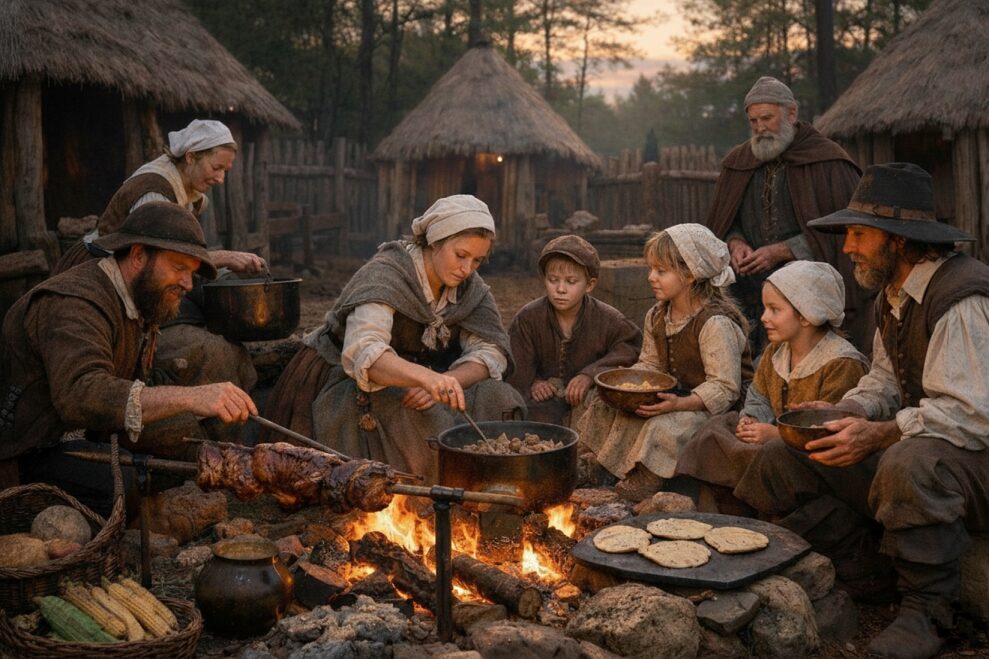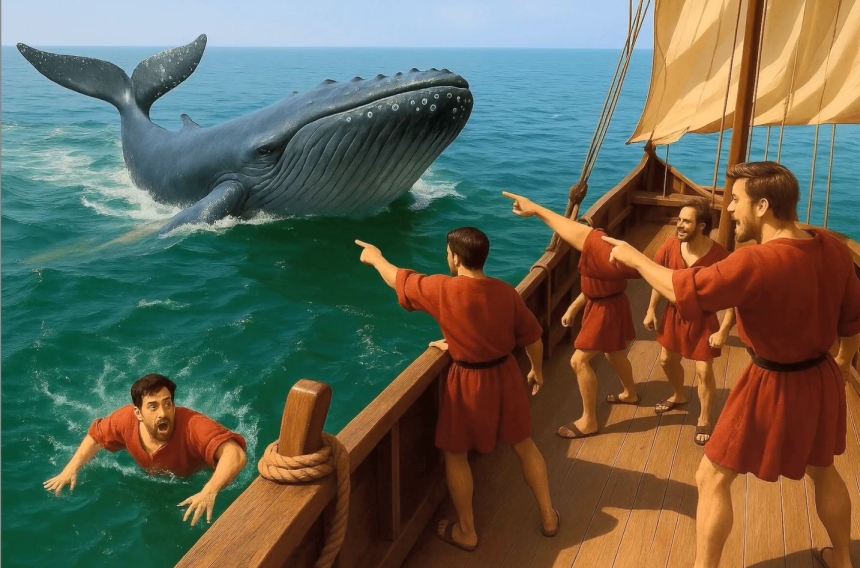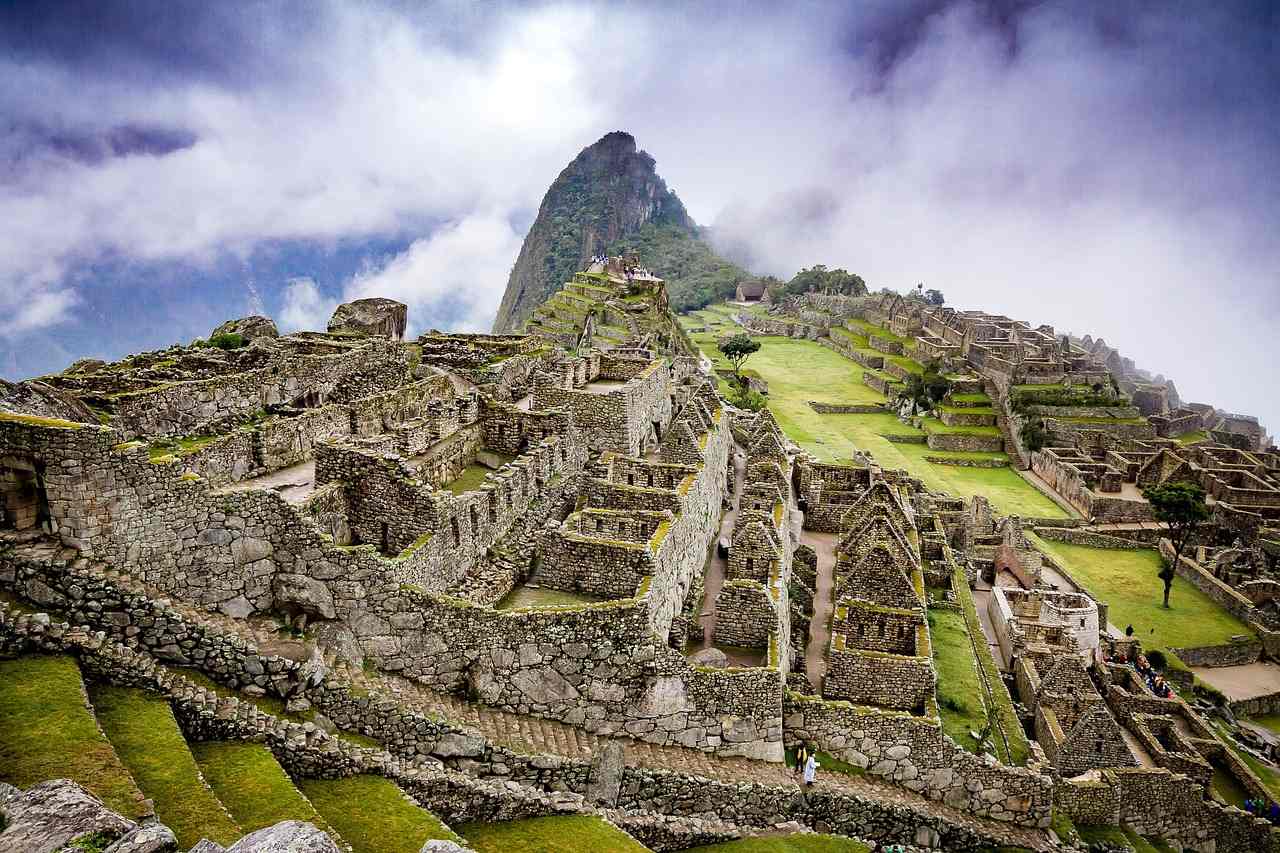
About the Inca Empire, It’s Fabulous Wealth, and Hidden Gold
There was once a mighty Native American Indian empire that included modern-day Peru, what are today western and south central Bolivia, southwest Ecuador and Colombia, and a large portion of modern-day Chile. The Inca empire. also much less commonly known as the Quechuan empire, began in 1438 when it started to conquer its neighbors. It ended in 1533 when Francisco Pizarro defeated its ruler Atahualpa and took the capital of Cusco. In 1572, the last emperor, Tupac Amaru, was captured and then executed. The Spanish practically destroyed the Native American Indian nations and peoples of the Americas. When the Spanish conquistadors arrived, they encountered a wealth of gold and silver, much of which was looted. Trillions of dollars of gold, silver, gemstones, copper, et cetera were greedily and lustfully stolen from the original Americans.
In the rugged and verdant mountains of Ecuador, whispers of lost treasure have captivated imaginations for centuries. In the annuals of history, few events capture the imagination quite like the tales of hidden treasure.
One of the most tantalizing tales is that of 750 pounds of Inca gold, rumored to be hidden deep within the Andean peaks. This treasure, steeped in legend and historical intrigue, has become one of the most enduring and enigmatic stories of lost wealth in South America. The story also stands out as a remarkable tale of courage, cunning, and desperation.
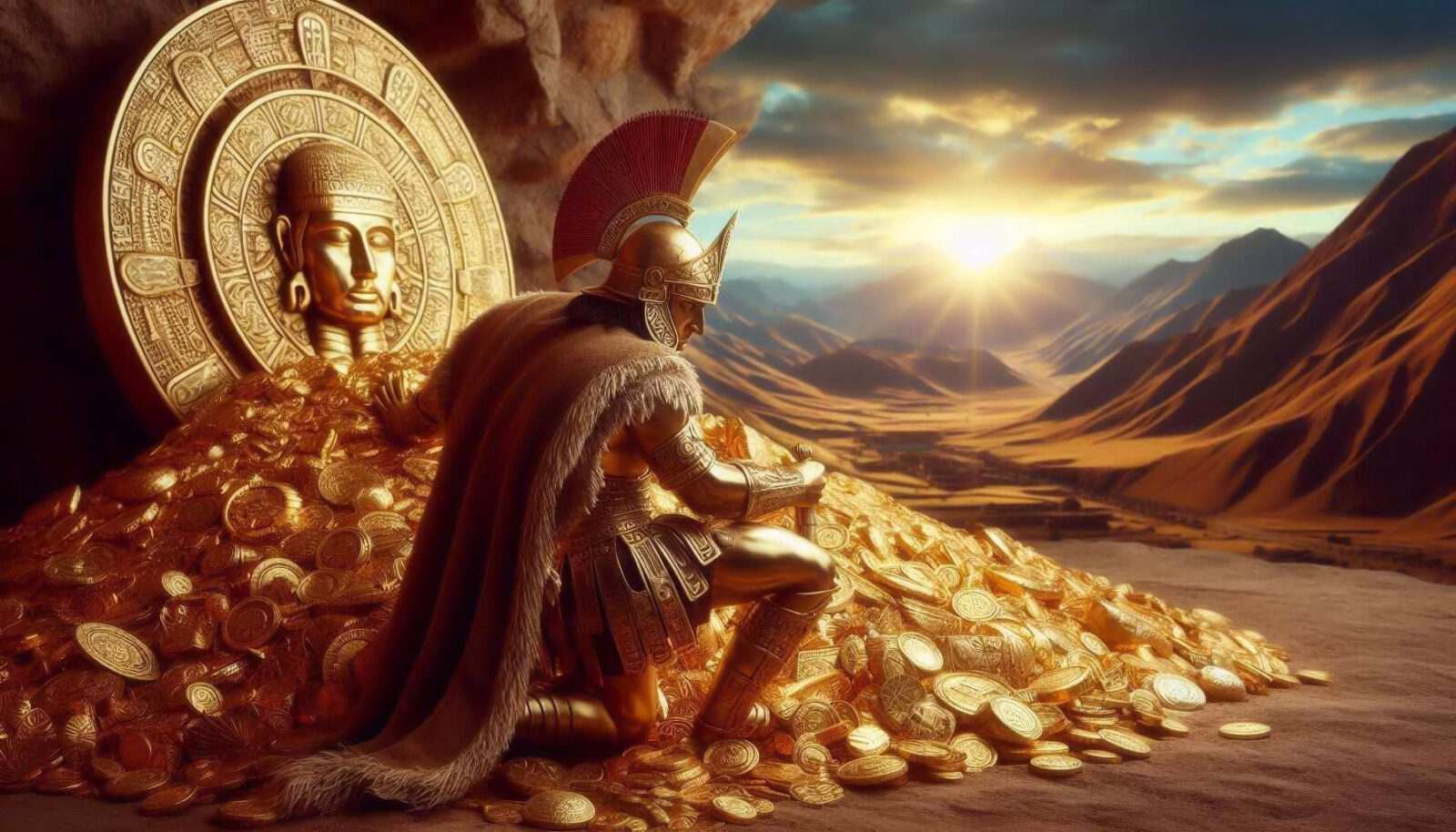
The legend can be traced back to the tumultuous period of the Spanish conquest in the 16th century. The Inca Empire, a sophisticated and powerful civilization that once dominated the Andean region, fell to Spanish conquistadors led by Francisco Pizarro As the enemy forces advanced, the locals, desperate to protect their sacred treasures, sought to hide their gold from the invaders. The Incas were known to have hidden their treasures as they retreated from the advancing Spanish forces.
According to local lore, as the conquistador army closed in on the Inca capital of Quito, a massive cache of gold—estimated to weigh around 750 pounds—was buried in a secret location within the mountains. This cache was purportedly part of a much larger collection of priceless artifacts and gold that the Quechuans had amassed over centuries, including ceremonial objects and offerings to their gods and goddesses.
Atahualpa, held captive in the city of Cajamarca, was forced to promise a vast ransom of gold and silver in exchange for his release. According to accounts, the Incas assembled a staggering amount of treasure—several tons of gold and silver—believed to be the accumulated wealth of the empire.
The Spanish, eager to claim their spoils, waited in anticipation as the Incas gathered the ransom. The precious metal, initially amassed in Cajamarca, was transported to the city of Caxamarca, then to the mountain town of Cusco, and finally to the shores of the Pacific.
However, the Incan resistance was not yet finished. Before the gold could fall into enemy hands, the ancient leaders realized the futility of their efforts and the futility of paying the ransom. In a desperate bid to protect their sacred treasures from the rapacious conquistadors, they devised a daring plan.
The story goes that the tribe decided to hide 750 pounds of gold in a secret location. Their scheme involved a network of loyal followers and a series of covert operations. The exact methods of concealment remain shrouded in mystery, but the treasure was reportedly buried in a remote and well-guarded site. Some theories suggest that the gold was hidden in the dense jungles or the rugged mountains of the Andes, where the Spanish would find it nearly impossible to search thoroughly.
Adding to the intrigue, the location of the hidden treasure was carefully kept secret, even among themselves. The surviving members of the Inca nobility, who were either in hiding or fleeing from the Spanish, were sworn to secrecy regarding the exact whereabouts of the gold.
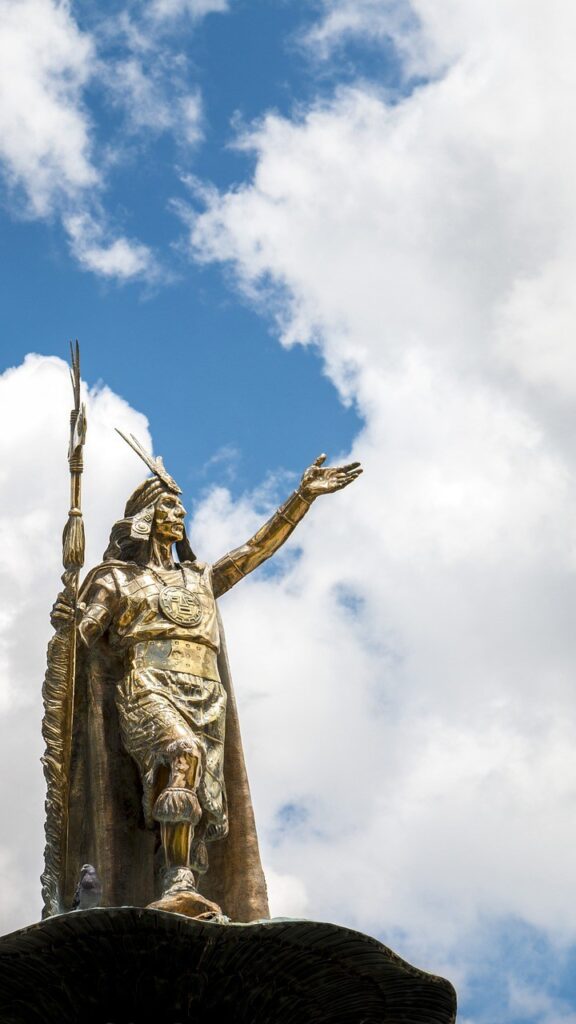
Historical accounts suggest that the Quechuans employed various strategies to protect their wealth. They used intricate networks of tunnels and hidden chambers, and their knowledge of the rugged terrain was a significant advantage. However, despite their efforts, the gold was never recovered by the looters from Spain. The treasure became one of the greatest mysteries of the conquest era. The loss of this considerable wealth added to the frustration and eventual disillusionment of the conquistadors, who had initially been promised enormous fortunes.
Over the centuries, numerous expeditions of treasure hunters, historians, and adventurers have been mounted in search of the hidden Quechuan gold. Some have ventured into the heart of the Amazon rainforest, while others have scoured the high Andes. Yet, the gold has never been found, fueling speculation and legend.
Key Locations And Theories
The lost city of Paititi is one of the most enduring legends which is sometimes associated with the concept of EL Doraldo. According to various accounts, Paititi was a rich Inca city that remained hidden from the Spanish conquerors. Many people believe this city could be somewhere in the remote jungles or highlands of Ecuador. Explorers and treasure hunters have speculated that Paititi could be located in the dense Amazon rain forest or in the rocky hills or the mountains of Ecuador.
The Last Stand of Atahhualpa, the last emperor, was captured by the Spanish in 1532. Before his execution, he allegedly promised a vast amount of gold and silver in exchange for his freedom. Although most of this treasure was collected and melted down by the Spanish, it’s believed that some of it might have been hidden or lost. Theories suggest that this treasure could be buried in the mountainous regions of Ecuador, particularly around the provinces of Cañar or Azuay, where the Incas might have hidden it as they retreated.
The Route of the Gold-Another theory involves the route that the ancient forces and their allies took as they fled from the Spanish. Some believe that the treasures could have been buried along this route, which may have passed through the mountainous regions of Ecuador. This includes areas like the Quilotoa Crater or the regions surrounding the Chimborazo Volcano.
The Cave of the Dead-There are stories of a cave known as “Cueva de los Muertos” or similar names in the highlands of Ecuador. According to local legends, this cave was used to hide their treasures. Such caves are often sought out by treasure hunters due to their potential to hold hidden riches.
The Legend of the Inca Road-Their road system, which spanned the empire, might have been used to transport treasures. Some researchers speculate that parts of these ancient roads, which pass through Ecuadorian mountains, could conceal caches of gold and silver hidden along their route.
Afterwards
In the late 19th and early 20th centuries, various expeditions were mounted in search of the treasure. These expeditions often faced numerous challenges, including the treacherous terrain of the Andes, dense rain forests, and the elusive nature of the treasure itself. While some claims were made of discoveries, none have been definitively proven to be the fabled 750 pounds of Incan gold.
The quest for that Native American Indian gold continues to this day, fueled by a combination of historical research and local folklore. Modern adventurers and treasure hunters employ advanced technology, such as ground-penetrating radar and satellite imagery, to aid their search. The lush and remote landscapes of Ecuador present both a challenge and an opportunity for these modern explorers.
In recent years, from academics and archaeologists who aim to understand more about Inca culture and the possible locations of their hidden treasures. Some researchers argue that the treasure may not be a single cache but rather a series of smaller deposits scattered across the region.
The legend of the 750 pounds of that gold is more than just a tale of lost treasure; it is a reflection of the rich cultural heritage and historical significance of their empire. The Incas were known for their advanced engineering, sophisticated agricultural techniques, and intricate societal structures. Their treasures were not just material wealth but also held spiritual and ceremonial value.
The story of the buried gold highlights the broader narrative of the clash between indigenous cultures and European conquerors. It serves as a reminder of the impact of colonization on native civilizations and the ongoing quest to reclaim and preserve cultural heritage.
The story of the 750 pounds of Inca gold remains a potent symbol of resistance and ingenuity. It underscores the lengths to which those Native American people went to protect their heritage and possessions from the Spanish invaders and criminals. The treasure, while lost to history, represents a defiant stand against imperial greed and serves as a poignant reminder of a culture that once thrived in the high Andes.
In the end, the hidden gold of the Incas is more than just a lost treasure. It is a testament to the enduring spirit of a civilization that, despite its downfall, managed to leave behind a legacy of mystery and intrigue that continues to captivate the imagination of historians, treasure hunters, and adventurers alike.
The search for the gold and treasures in Ecuadorian mountains is a fascinating topic steeped in legend and historical intrigue. Several theories and stories have emerged about where these treasures might be hidden, particularly related to the Empire’s final days and its subsequent decline.
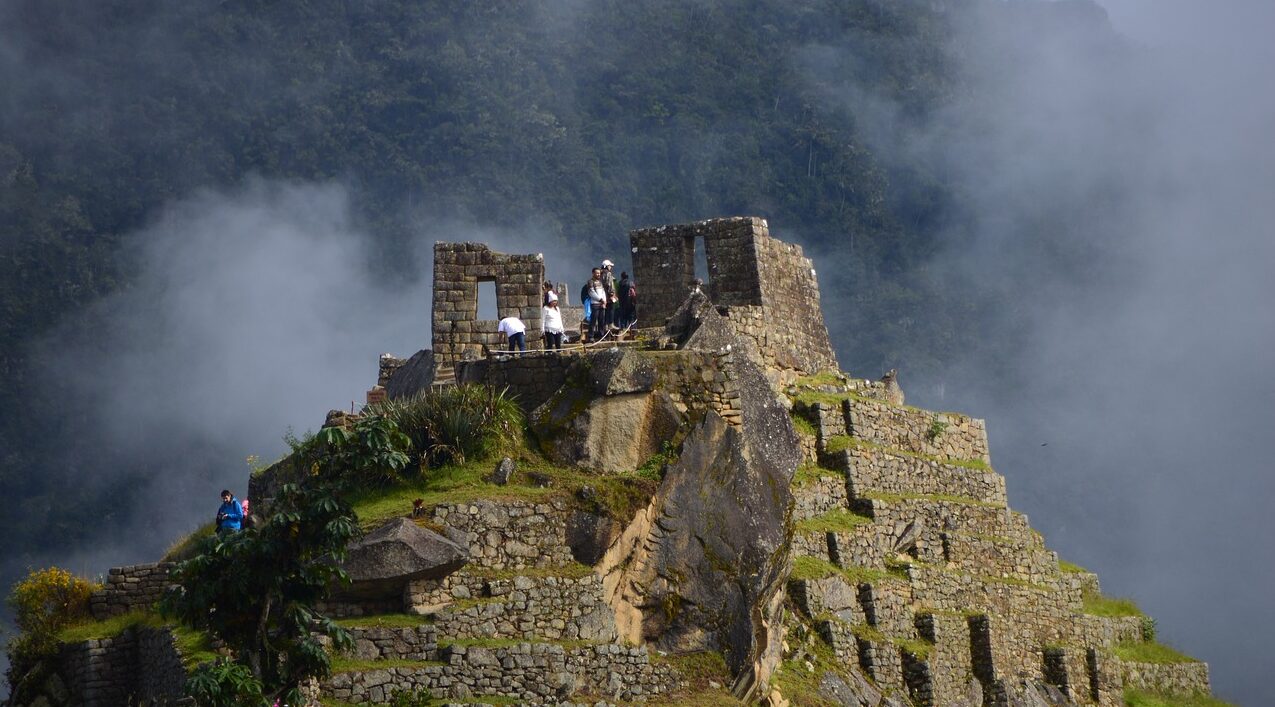
Conclusion
Various expeditions have attempted to locate these treasures, but they often face significant challenges due to the rugged terrain and dense jungle. Despite numerous searches, no definitive evidence of Incan treasure has been found in Ecuador, leaving the legends alive and well.
The search for Inca gold and treasures in Ecuador remains a blend of historical fact, legend, and speculation. While many treasure hunters and historians have focused on specific locations and theories, the true extent and location of any local hidden treasures continue to elude discovery. The allure of these legends persists, driving ongoing interest and exploration in the region.
The mystery of the remaining massive amount of Inca gold buried in the mountains of Ecuador remains unsolved, but its allure endures. As long as the mountains stand and the legends persist, the search for this fabled treasure will continue to inspire adventurers and historians alike. Whether or not the gold will ever be found, the story serves as a testament to the enduring legacy of the Inca civilization and the timeless allure of hidden riches. Of course if the large gold treasure is ever found, it will first belong to the government of Ecuador. Then, the current day descendants of the Incans would file a claim for personal possession to have their property returned to them.

